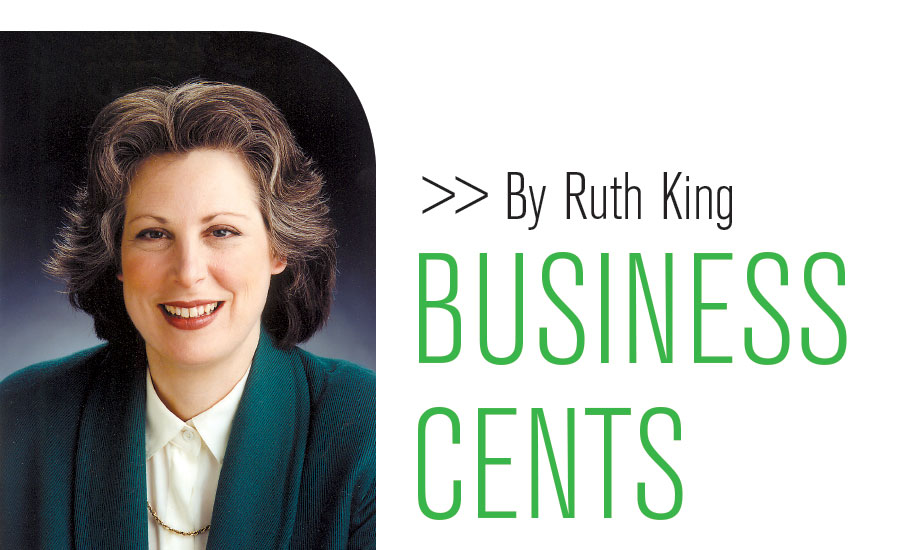A technician diagnosed and made a repair, collected payment, and went to her next call thinking that everything was OK with that customer.
However, the customer wasn’t satisfied. He thought the $400 bill was too high, so he went on the internet and found out that the contractor’s expenses were a small fraction of the total repair cost. He calls complaining about the bill — even though he paid it — or worse, never says a word and just puts a negative review on social media sites because he thinks he got ripped off.
If the technician said “Mr. Jones, the repair will cost $400,” then she made a mistake.
She should have said “Mr. Jones, your investment to repair your system today is $400.”
The technician is making a repair — not simply changing a part. Part of the repair is diagnosing the problem, knowing what to recommend and having the skill to replace a part accurately the first time so there isn’t a warranty problem. It is time, knowledge and a part. It is not simply the part’s cost.
How your technicians explain why a customer’s system is not working and the investment to repair it often is the difference between a happy customer and one who runs to the internet, finds out the price of a part and badmouths your company on social media.
Make sure your technicians talk with your customers about making a repair — not replacing a part.
Referring success
Many people know that the highest closing ratios are with potential customers who have been referred, whether they are technician referrals or customer referrals, so a referral program should be part of your marketing plan.
There are two major types of referrals: active and passive. Passive referrals are for lazy contractors. These contractors do nothing with respect to generating referrals. They just wait for the phone to ring. No effort produces only a few, if any, referrals.
Active referrals take a little work. My favorite is a phone call 30 days after you replace a homeowner’s system. Getting the salespeople to do this takes constant effort and tracking. Once they get in the habit of making these phone calls and seeing the results, they will always do them.
When you call 30 days after a system was replaced, customers are surprised that you called. They may expect to receive a thank-you note or a small gift a few days after a system is installed, but not a month.
Start your active-referral program simply by making a phone call. You will increase closing ratios and revenue.
Copyright Ruth King. All rights reserved. Write to Ruth King at Profitability Revolution LLC, 1650 Oakbrook Drive, Suite 405, Norcross, GA 30093; email ruthking@profit abilityrevolution.com; call (770) 729-8000.


Report Abusive Comment